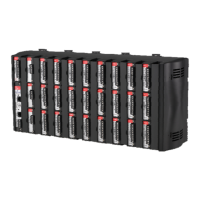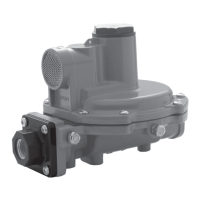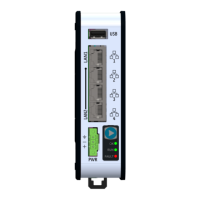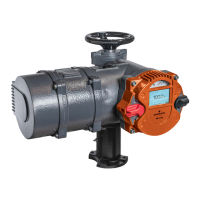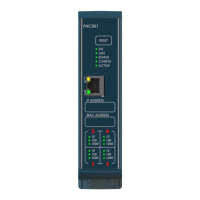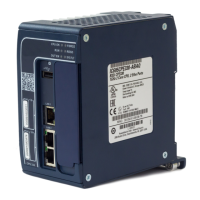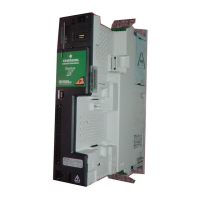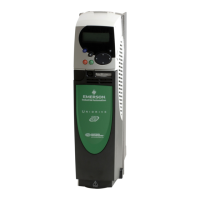ROC800-Series Instruction Manual
Revised July-2017 Installation and Use 2-3
The site must comply with class limits of Part 15 of the FCC rules.
Operation is subject to the following two conditions: (1) The device
may not cause harmful interference, and (2) the device must accept
any interference received, including interference that may cause
undesired operation.
2.1.3 Compliance with Hazardous Area Standards
The ROC hazardous location approval is for Class I, Division 2, Groups
A, B, C, and D. The Class, Division, and Group terms include:
Class defines the general nature of the hazardous material in the
surrounding atmosphere. Class I is for locations where flammable
gases or vapors may be present in the air in quantities sufficient to
produce explosive or ignitable mixtures.
Division defines the probability of hazardous material being present
in an ignitable concentration in the surrounding atmosphere.
Division 2 locations are locations that are presumed to be hazardous
only in an abnormal situation.
Group defines the hazardous material in the surrounding
atmosphere. Groups A to D are:
o Group A: Atmosphere containing acetylene.
o Group B: Atmosphere containing hydrogen, gases, or vapors of
equivalent nature.
o Group C: Atmosphere containing ethylene, gases, or vapors of
equivalent nature.
o Group D: Atmosphere containing propane, gases, or vapors of
equivalent nature.
For the ROC800 to be approved for hazardous locations, it must be
installed in accordance with the National Electrical Code (NEC)
guidelines or other applicable codes.
2.1.4 Power Installation Requirements
Be sure to route power away from hazardous areas, as well as sensitive
monitoring and radio equipment. Local and company codes generally
provide guidelines for installations. Adhere rigorously to all local and
National Electrical Code (NEC) requirements.
The removable terminal blocks accept 12 to 22 American Wire Gauge
(AWG) wiring.

